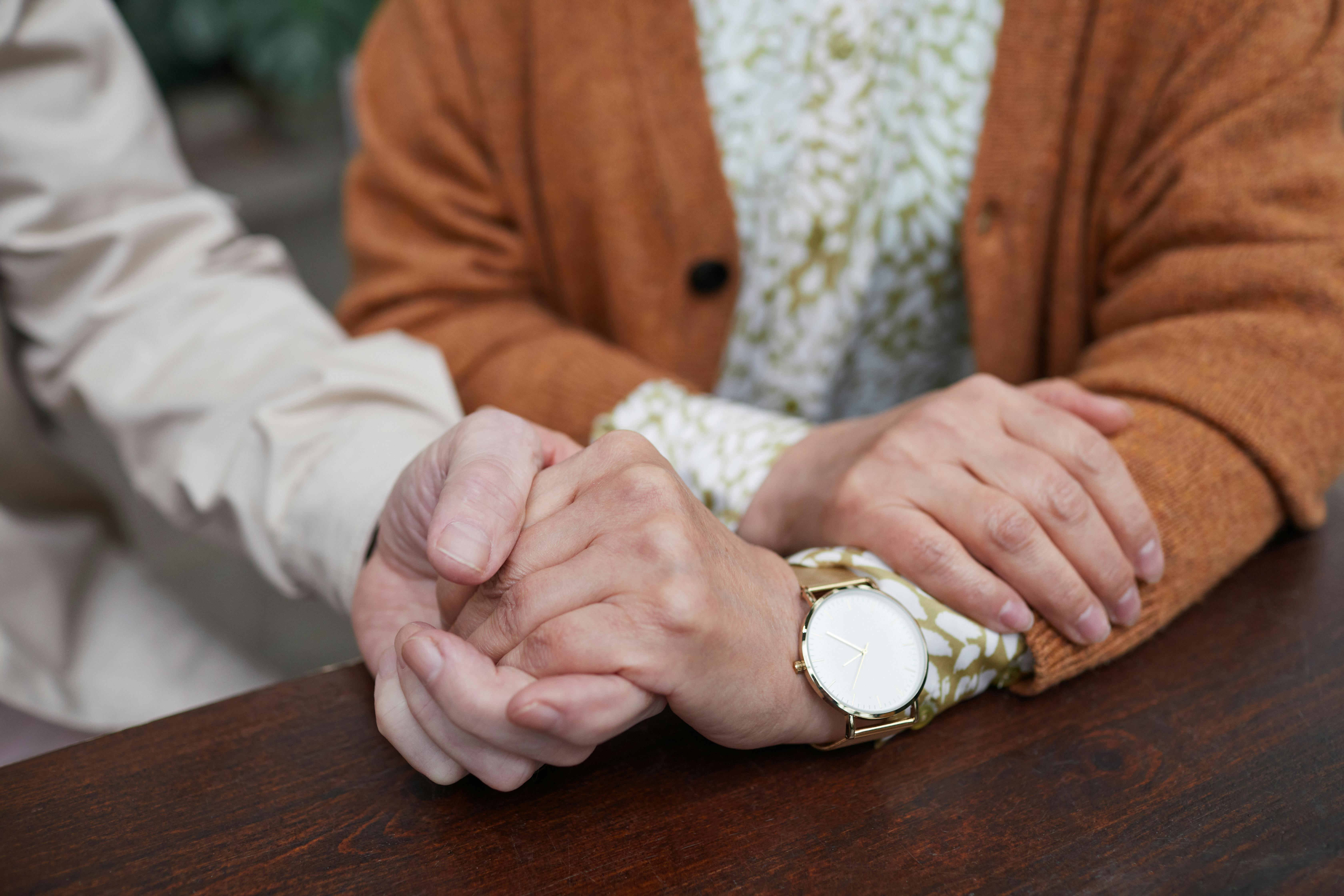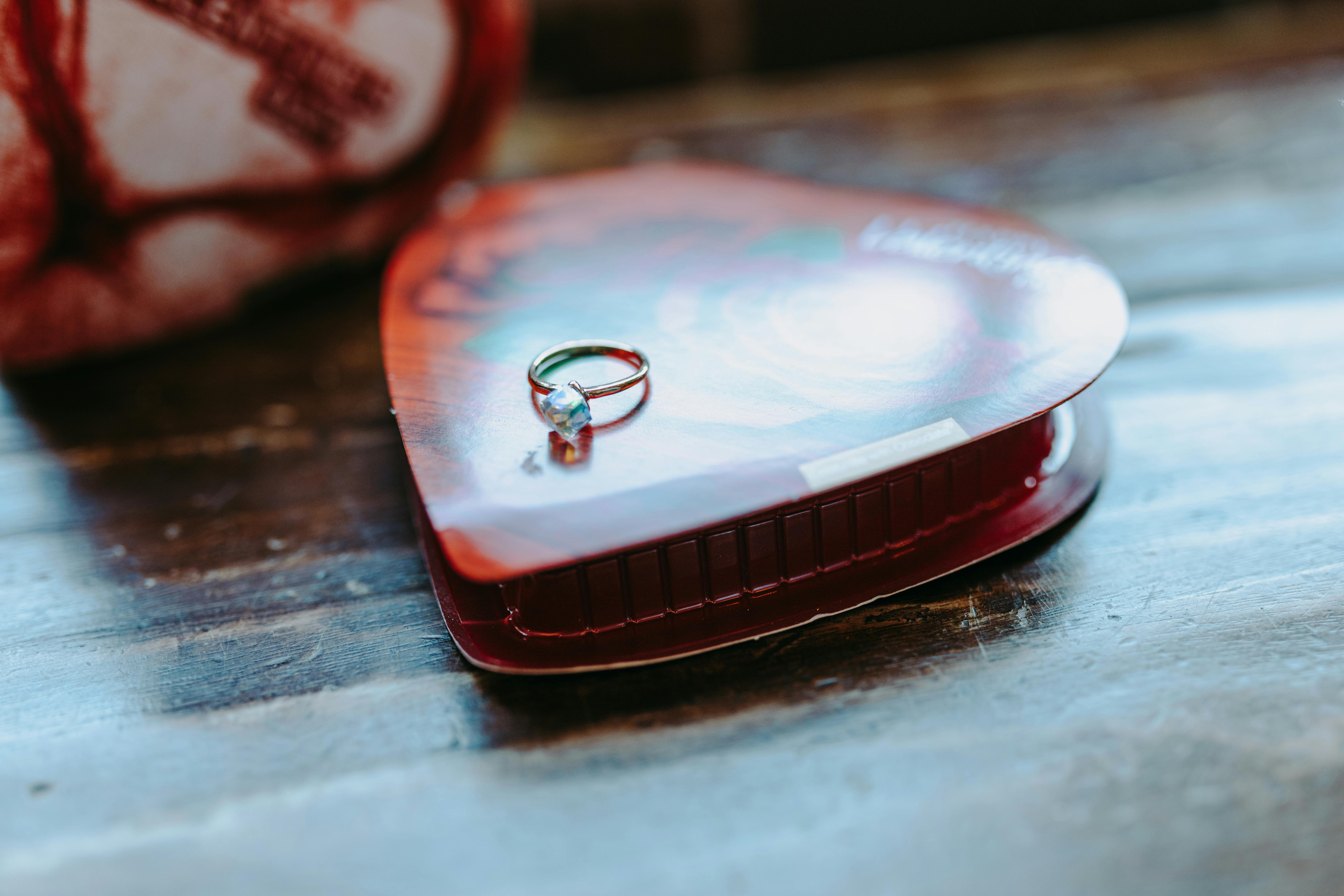Walk into any department store and visit the baby section or shop online and offline baby stores and you’ll find a wide variety of options when it comes to bibs and burp cloths.
A generation or two ago, it was the basic napkins that did the trick. Our parents used a stack of napkins and washed and reused them to clean up their babies’ dribble, spit-up, and drool.
As I look back, wallowing in some nostalgic memories of the past, it’s clear that a lot has changed since then; good or bad will likely spark a debate with valid points supporting both sides of the equation.
With that being said, this article will highlight the options available to all parents and categorize them into perspective. Who are we to do that? We are a team of parents ranging from different races; religion and culture that decided that all parents, especially moms, face similar challenges with their respective babies, regardless of our diverse backgrounds.
After a long experience of researching, buying and testing bibs, we have come to certain conclusions and would like to share our opinions with all parents who care about making the best decisions for their babies.
So, let’s talk about bibs and burp cloths, okay?
Bibs before starting solid
There is one thing that seems very clear to us.
From birth to breast milk or formula feeding, most babies experience some form of drooling, dribbling, and/or vomiting. At this point, the bibs should be large enough to cover most babies’ clothes and absorbent enough to handle the usual drool and spit-up.
The most useful bibs and burp cloths during this stage go by many names, i.e. burp bibs, slime, drip, regular towel bibs, bandana with sleeves, novelty, and scarf or neckerchief bibs.
Were these names created as a result of a clever marketing strategy? Possibly, but to be fair, babies are unique in their individual and natural expressions. Some babies experience severe vomiting and burping, while others may experience massive drooling during the teething stages.
This is how sub-niche categories are created, giving rise to
- bibs and bibs for teething babies,
- burp cloths for severe belching and regurgitation,
- Bibs with sleeves to completely cover babies’ clothes from stains or regurgitation as well as protection during play with colors and paints.
- Novelty bandanas and bibs that can address basic drooling and dribbling despite size limitation due to aesthetically pleasing designs to match or complement babies’ clothing.
- Bandana-style scarves or bibs that basically function as baby winter warmers that comfortably cover the neck and lower chin while also addressing any drooling and dripping.
Babies who spit up and drool moderately require simple terry cloth bibs at a minimum. Babies who drool or spit up a lot may need bibs made of 2- or 3-layer waterproof materials.
Drooling/dribbling and burping bibs generally look alike, with only differences in material, size, and neckband types.
Almost all terry cloth bibs are made from:
- Cotton that is really soft, refreshing and comfortable and is helpful for moderate drooling and burping.
- Polyester which is more absorbent compared to cotton. What is really noteworthy is the fact that polyester is wrinkle, shrink and fade resistant, which makes it last longer. The drawback is that it loses the cooling effect making it warmer than cotton.
- PEVA (Polyethylene Vinyl Acetate), which is a chlorine-free, PVC-free, biodegradable material that is primarily used as an alternative to PVC in toy products, baby bibs, and shower curtains. It is important for parents to know that PEVA is made from petrochemicals that contain untested chemicals.
- Or combination of 2 or 3 of the materials mentioned above
Most neck straps fasten with Velcro or snaps.
- Velcro sometimes catches on other materials during washing (scratched part)
- There is a tendency for babies’ necks to get irritation from the Velcro material, sometimes leading to rashes.
- Babies can remove poor quality Velcro quite easily.
- Much better if the closure is on the side instead of the back of the babies neck.
While the snap closure is preferred, a simple tip is to fasten both ends of a hook-and-loop closure exactly without overlapping and most problems can be minimized.
The selection of a bib for babies in the early stages should be based on the sensitivity/conditions of the babies skin and the amount of spitting up and drooling. If you want the most absorbent bib then polyester is the recommended material, especially if you live in a cooler environment. The other option is to find 2 or 3 layer waterproof material sandwiched between 100% cotton layers.
Bibs after starting solid
However, once babies start eating solid foods, usually around 6 months of age, bibs become more functionally useful. There are manufacturers who claim that the same drool, dribble and burp bibs can meet the needs of a baby who is starting solids. However, we do NOT agree.
Even good terry cloth waterproof bibs have 3 drawbacks.
-
stains easily
-
Lots and lots of bib washing, wasting time and water
-
It is not cheap as you need to keep stocking up on cloth bib.
The most functional, economical and load saving bibs are the high quality premium silicone medical food bibs. The reason we emphasize words like ‘medical food grade soft high quality premium’ is because the baby feeding bib market has become saturated with rigid ‘plastic’ TPE (thermoplastic elastomer) bibs that also claim to be soft bibs. and of food grade quality.
Unfortunately, the images look alike and it is a challenge for most parents to spot the differences. However, we have taken steps to educate parents about what these differences are and how to spot them.
We started by first identifying the most common silicone baby bibs on the market that also claim to be food grade…
- TPE silicone feeding bibs with plastic neck band (most common)
- 100% medical food grade soft silicone bib (includes silicone neckband)
TPE Silicone Feeding Bib
- Most of the silicone baby bibs that can be found in most offline department stores and online e-commerce platforms are made from plastic or TPE materials that are marketed as food grade silicone.
- Please note that TPE is a thermoplastic elastomer. Although generally considered safe, TPE means that it is hot melt vinyl that has all sorts of nasty additives that can be absorbed through the skin.
- TPE is an unstable material that will melt if overheated with variable spots. In addition, TPE bibs may cause an allergic reaction at the skin contact surface of babies, especially when sweating or in hot weather and high humidity areas.
100% Medical Food Grade Premium Soft Silicone Bibs
- 100% Medical Food Grade silicone bibs are a completely safe inert material that has to withstand and pass precise and meticulous testing to qualify as Medical Food Grade. There is absolutely no comparison between TPE bibs and 100% medical food grade silicone bibs when it comes to health risk and durability.
- Silicone rubber is generally non-reactive, stable and resistant to extreme temperatures and environments while maintaining its useful properties.
- Many competitors make similar claims, but their baby bib has a strap or closure that is plastic or velcro that irritates the skin with a limited neck size.
- The food grade medical silicone neckband is adjustable enough with a 4-position fastener to fit babies’ neck size.
- It should be noted that babies and toddlers sometimes tend to pick up the strap or bra and put it in their mouths out of sheer curiosity, making common TPE and plastic bibs risky.
- Protruding Pocket: Since most bib pockets lie flat when in use, making it difficult to catch drink spills and food crumbs, 100% medical food grade silicone bibs have a slightly protruding pocket that automatically protrudes , which makes it much more effective in its functionality as a crumb catcher. .
In conclusion, it is clear that most terry cloth bibs that are waterproof with a 2- or 3-layer polyester and/or cotton blend should address the needs of babies in the first 6 months to overcome drooling, burping, and the regurgitations. However, once baby has begun to feed, the most economical and hassle-free option is to opt for premium medical food grade silicone bibs that are much larger in overall size, pocket width, and the texture of the material. it is much softer and more pliable. The difference is huge.




